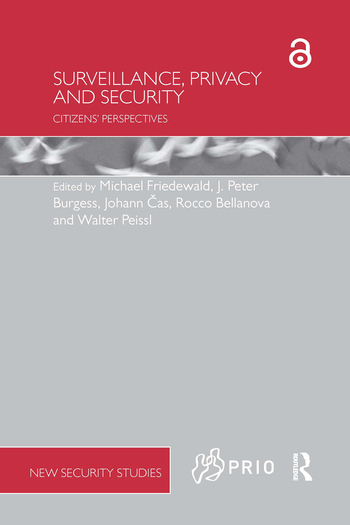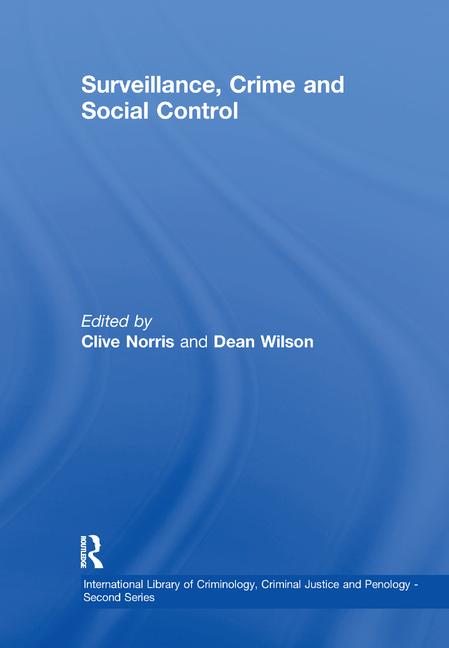Inside the Connected World: Can a City Be Smart and Safe?

Well, hello 2019. The New Year brings the possibility of a fresh start, new ideas and goals, and hope for a better tomorrow. And never before has a year started out with such a large focus on how the future can be improved through the promise of technology.
From the power of AI-enabled solutions to increased mobility through smart devices, the idea of the connected world is being shaped by the increased demand for and adoption of transformative technologies. These networked devices and platforms are having a significant impact on our daily lives, changing how we interact with each other, how we do business and how we communicate. Furthermore, these solutions are converging — allowing people and businesses to think about interacting with once separate entities in new and exciting ways.
Most discussion around the connected world is centered on Smart and Safe City environments. These initiatives are emerging in cities around the world as a more reliable, efficient and cost-effective way to ensure safe, secure, intelligent and sustainable urban environments. According to a Black & Veatch Smart Cities and Utilities Report, an estimated 20 Safe City pilot programs were underway in the United States in 2018, in addition to the other initiatives in place in Dubai, Singapore, London and many others.
Building Intelligence
Both Safe and Smart Cities rely on information collated from an array of sensors and databases combined with video data and analytics including facial recognition, behavioral analysis, license plate recognition and other intelligence. Effectively collecting, analyzing, storing and acting on all of this information in real time is critical to achieving the goals of both Safe and Smart Cities.
When you think about a Smart City, I’m sure you imagine smart parking systems, streetlights and transportation systems. It is the emergence of these intelligent digital technologies that are critical in the effort to improve the quality of life of residents and make everyday services run smoothly. When you think of a Safe City, I’m sure video surveillance cameras come to mind and some of those highly advanced scenarios with analytics that you’ve seen on CSI-type shows.
In typical Smart City projects, public safety takes a back seat — but it shouldn’t. The very foundation of a Smart City should be safety. A Safe City means reduced crime and safer conditions for visitors, which is more attractive for local businesses. A strong public safety stance also helps improve response to potential incidents, stopping unwelcome behavior before it escalates further. But these functions — safe, smart or both — rely on data. The question then begs, what do we do with all this data being collected?
The Future of the Intelligent City
While most major cities rely on video, security and IoT platforms to better protect and optimize their communities, these solutions are often decentralized, disconnected, outdated, prone to failures and costly to maintain. Additionally, increased requirements for real-time analytics to improve situational awareness grow as data capture efforts increase. As collected data expands, traditional IT infrastructures often fall short of fulfilling the demands of Safe and Smart City initiatives.
In addition to effectively monitoring, storing, securing, processing and mobilizing data from hundreds to thousands of cameras and sensors spread across a city at all times, a city’s IT infrastructure solution must integrate seamlessly with existing and new IoT technologies. Additionally, it must support the multi-use case demands of Safe and Smart City initiatives, as well as big data and analytics applications of video-based metadata, crowd management, sanitation, public transportation and traffic monitoring.
An agile, software-defined infrastructure solution with the right combination of performance, resiliency and scalability can ensure all the elements of a city’s safety and security environment work together to protect citizens from crime and terrorism, mitigate risk associated with natural disasters and other threats, and support law enforcement agencies, fire and EMS departments, public health and social service organizations.
Hyperconverged infrastructure (HCI) allows for the consolidation of video management, IoT data collection, video and data analytics and storage, access control and other related Safe and Smart City applications onto a single, simple-to-deploy, easy-to-manage industry-standard appliance. HCI platforms eliminate the complexity of separate physical servers and storage and provide a more seamless way to scale the infrastructure as camera or sensor counts grow and analytics demands increase.
Where Smart and Safe Cities Stand
From my perspective, Smart Cities and Safe Cities are one in the same and should be. As IoT technologies continue to converge, it will be easier for Safe/Smart devices to “talk” to each other and build more intelligent, secure environments.
Looking for a reprint of this article?
From high-res PDFs to custom plaques, order your copy today!








